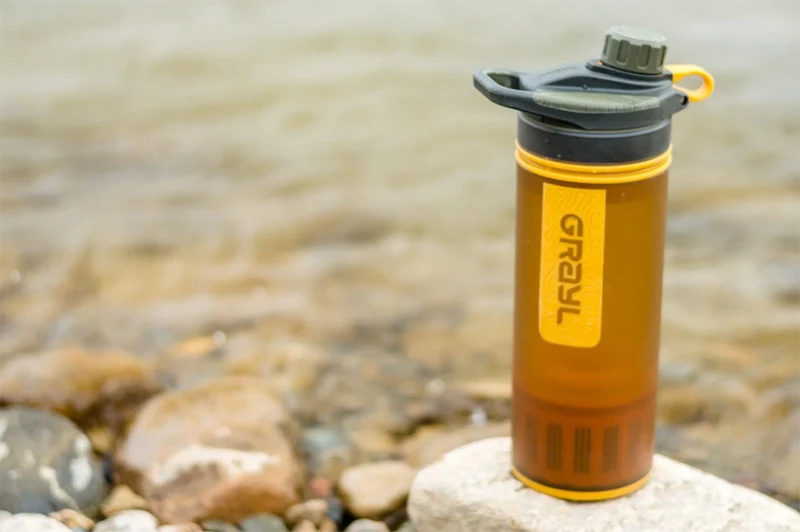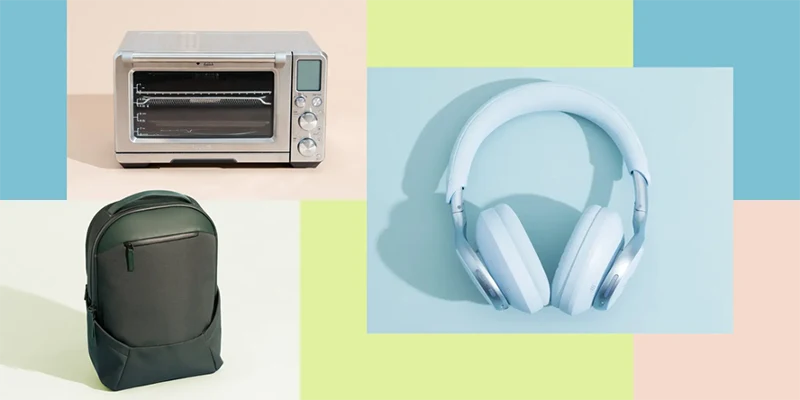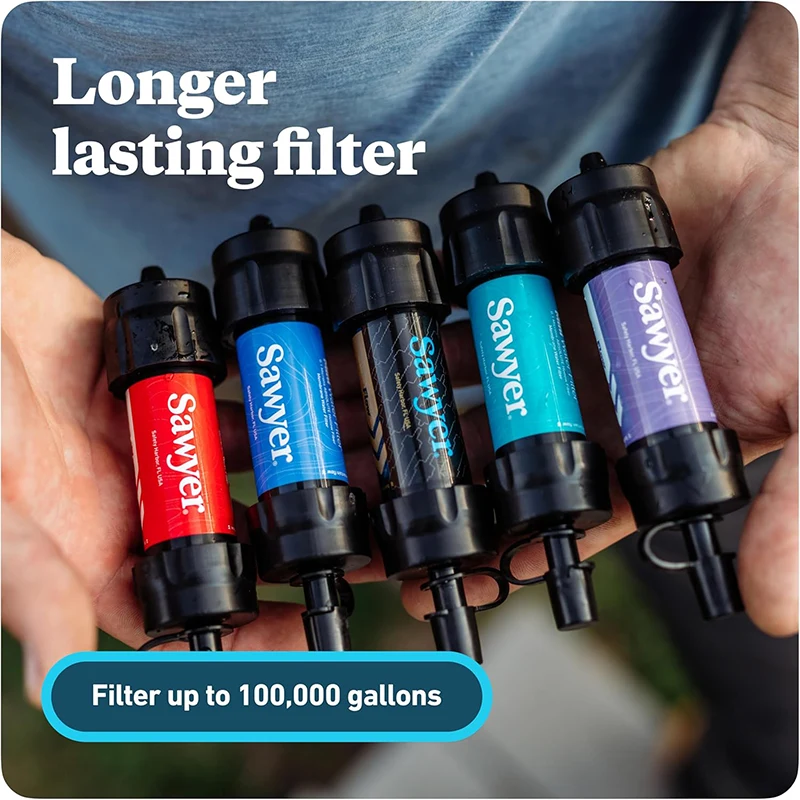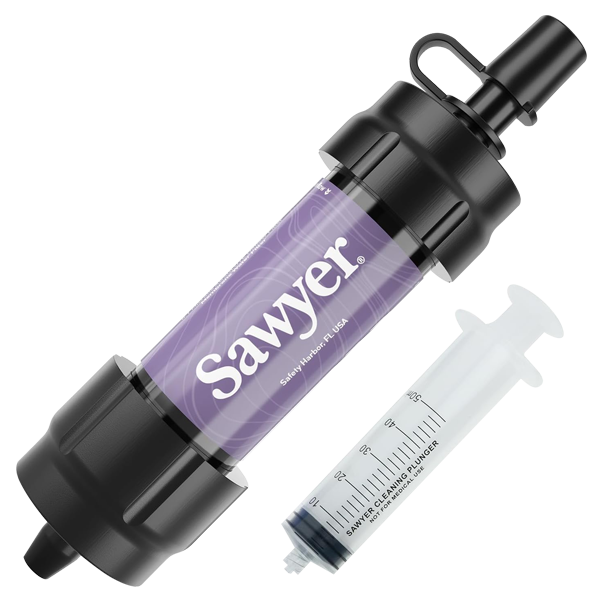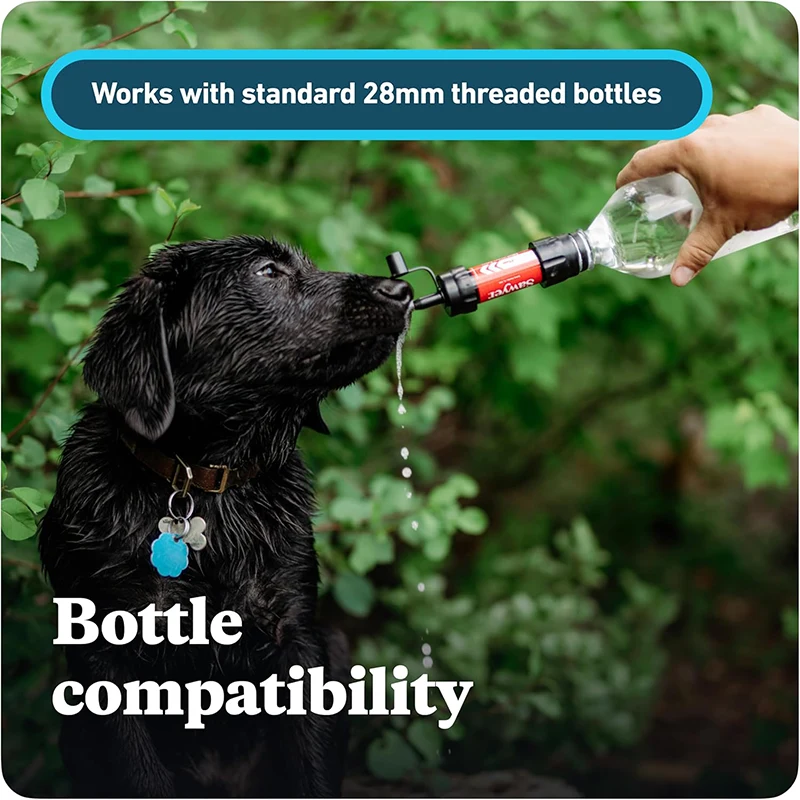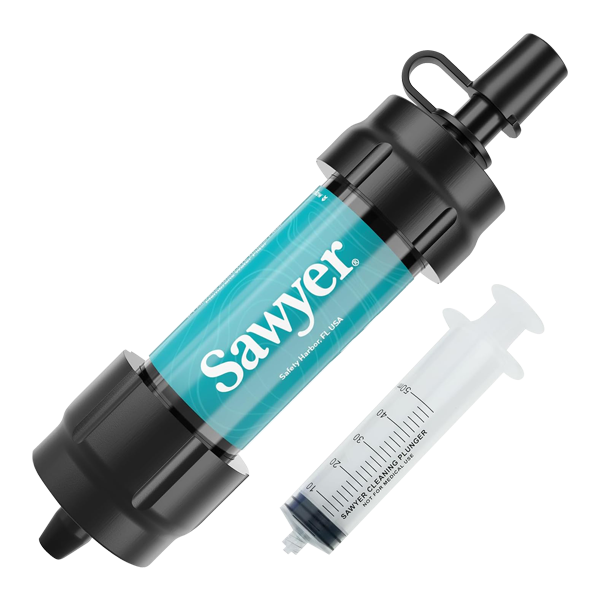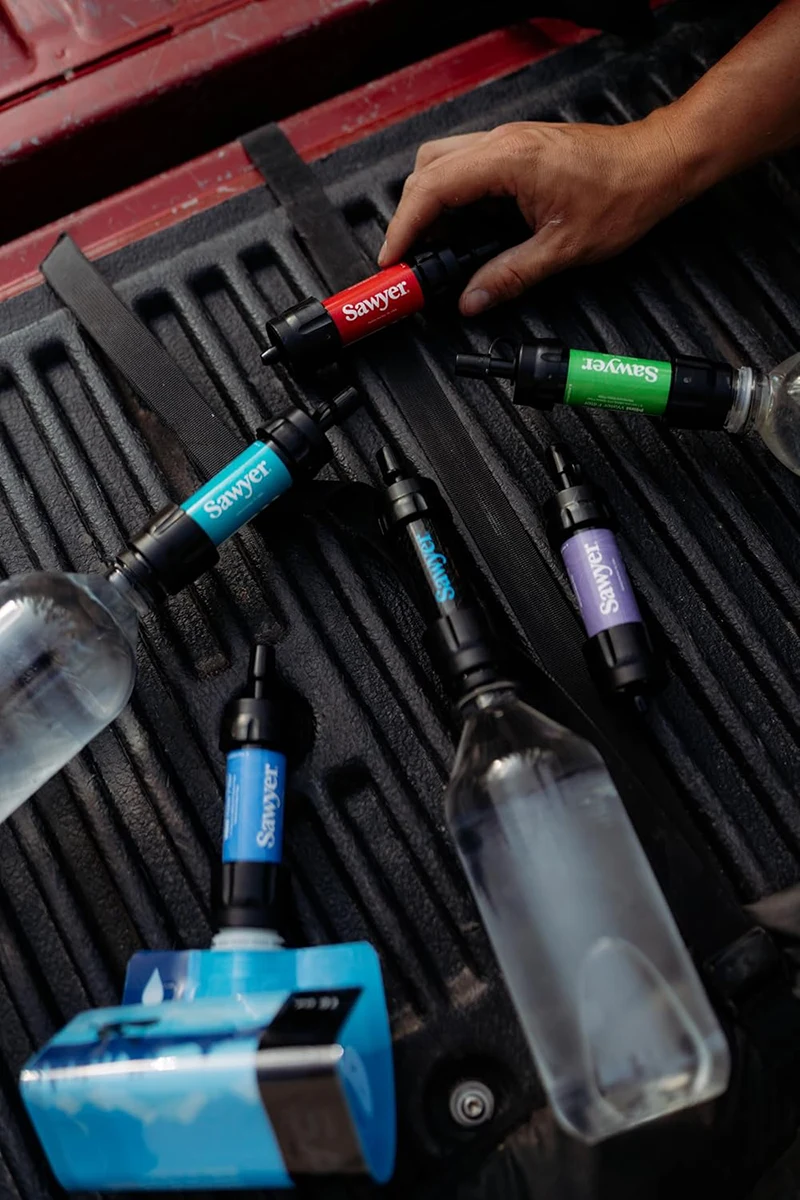

For Ultralight Hikers, Water Bladders Are Better Than Bottles. Here’s Why.
The Smartwater bottle and Sawyer Squeeze filter combo is a mainstay of the ultralight hiking kit. The bottles are cheap, replaceable, and lightweight. The screw-on filter means you can collect water and filter on the move. In comparison, my preferred water-carrying system, the once-ubiquitous water bladder and hose, is now considered tedious, fragile, and—worst of all—heavy. Let’s bust some myths to explain why I still carry it.
Myth #1: Bladders Are Heavy
First, the weight. I often hear ultralight hikers explain that water bladders are simply too heavy to consider as an option. And if you’re looking at something like a 1.5-liter Camelbak that weighs 7 ounces, that’s fair. But today’s lightweight bladder systems are nearly as weight-efficient as using disposable bottles. A one-liter Smartwater bottle weighs 1.2 ounces, while a three-liter Platypus bladder and hose hits the scale at 3.8 ounces.
Continue reading to learn more, written by Nathan Pipenberg.
Del Escuadrón
Conversaciones de campamento con nuestra comunidad, desde los miembros del escuadrón y los embajadores hasta los socios de marca y el equipo de Sawyer.



